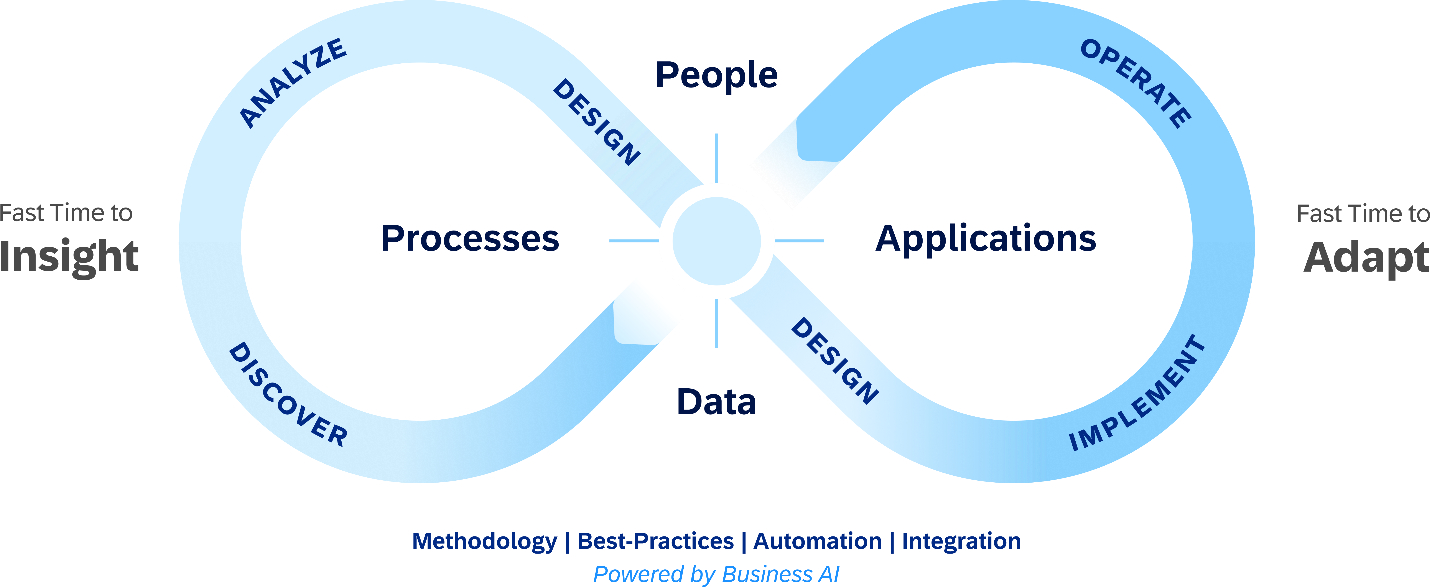Digitalization is the top strategic priority from a procurement perspective
According to an Economist Impact study, more than half (57%) of the C-suite surveyed said that over the next 12 to 18 months, digitalization is their top strategic priority from a procurement perspective. No doubt, digitalization is now recognized as the key to building capabilities to respond to dynamic market challenges, improving existing procurement processes, using data to drive more strategic decision-making, and more.
Top 6 challenges keeping procurement leaders up at night
Procurement leaders are responsible for executing this strategic priority. However, many are running into roadblocks to procurement modernization and improvement, making it difficult to make progress in areas of most concern to them.
In our conversations with procurement leaders, the top 6 challenges for procurement leaders—many of which are ideal areas of focus for digital-enabled improvement—include the following:
- Manual, inefficient, and inflexible processes: Many procurement departments are shorthanded in expertise and work power, with teams buried in routine, often rigid manual interventions and struggling to find necessary information. At the same time, there may be significant variability in processes across regions or functional areas for basic processes (such as PO creation) and cumbersome buying experiences for casual buyers, which leads to increasing maverick spend.
- Maverick buying, adoption and weak compliance enforcement: Containing maverick spend and meeting compliance KPIs remain challenging for many procurement leaders. Siloed data and manual workarounds often prevent the cross-department collaboration and control needed to measure and reduce unmanaged and non-catalog purchases to improve financial outcomes. A lack of process harmonization and data-driven approaches often leads to the decreased adoption of procurement platform solutions (like ERP, Ariba or Coupa).
- Poor supplier collaboration and monitoring: Ensuring the continuity of supply and managing risks have become increasingly difficult. Years of supplier optimization and the drive to lower costs have led to overreliance on too few suppliers—a source of significant business risk when procurement lacks the necessary data and insights into delivery reliability, quality, and performance. This makes it hard to, for instance, detect and head off issues, direct more spending to the best suppliers, and evaluate and onboard new suppliers.
- Limited process visibility: Procurement leaders are often putting out fires caused by the issues noted above, but they struggle to know why they happen and where to focus digitalization and automation investments to prevent future fires. Most lack the tools to look across processes and view them end to end to understand, for example, where each process step occurs, what's causing inefficiencies, the number of process variants at play, and which are the most efficient.
- Automation blind spots: Procurement leaders may be charged with digital transformation priorities, but few have the tools to understand their company's actual automation rate and how it compares to their peers. Metrics like these provide insights that help procurement leaders know where to focus their automation efforts, as well as measure their value to the business going forward.
- Gaps in financial efficiency: Optimizing inventory purchasing is key to achieving financial efficiency, minimizing out-of-stock items and obsolescence risks, optimizing working capital, and responding to evolving customer demand and market trends. It also means preventing payment of duplicate invoices and losing out on cash discounts with suppliers. Without visibility and intelligent automation across systems and departments, it's not uncommon for many thousands of dollars to be wasted on these types of oversights.
The pace of change
For procurement leaders, progress on the top 6 challenges can be slow. For example, if procurement processes are still manual. According to the research, further analyzing the key priorities and challenges facing the procurement function today: Almost 50% of respondents aim to improve process automation, while 44% aim to accelerate adoption.
Indeed, fully digitalizing procurement operations has been on the function's agenda for several years, but it is a continuous challenge, particularly as technologies advance at a rapid pace. Procurement's challenge in this context is to collaborate more effectively with other functions to gain more visibility into the data they gather and increase visibility and harmonization across procurement processes.
It's time to jump-start progress and realize procurement excellence
With that, in our work with thousands of customers, it's clear that to address the top 6 challenges for procurement leaders, three things are needed:
- Seamless analytical insights and a full view across their disparate systems: This enables procurement leaders to discover improvement opportunities (for example, automating manual process steps) and anticipate problems such as supplier reliability issues.
- Tools to identify and harmonize cumbersome, fragmented procurement processes: This will enable procurement leaders to root out entrenched inefficiencies and manual interventions that slow workflows and drive up costs.
- An actionable plan for building a resilient procurement future: Without the right plan, transitioning to an optimized future state can be derailed by everything from adoption issues to a lack of predictive technologies.
How SAP Signavio solutions can help
SAP Signavio solutions can bring transparency into procurement processes and give procurement leaders the actionable insights needed to solve these types of challenges and continuously improve their processes.
Rich insights into the current performance and execution of their source-to-pay processes across systems make it possible to pinpoint improvement areas, leverage recommendations, and define future processes swiftly. Procurement leaders can define an actionable plan that accelerates adoption of improved processes, boosts process and financial efficiency, and more.
As shown in the figure, SAP Signavio solutions support an approach to procurement excellence that keeps your people, processes, data, and applications at the center of driving continuous procurement process improvement. You benefit from faster time to insights needed to better understand the performance of your procurement processes, which areas need attention, and how you can resolve issues. You can also adapt procurement operations faster, which makes your business more resilient in turbulent market conditions.

It's an approach that can drive real results. For example, our customer EJOT projects 157 hours of time savings per year due to the reduction of manual quantity adjustments in the purchasing process (July 2022). Plus, EVH shows a 30% reduction in the change rate of purchase requests, orders, and invoices.
Want to learn more?
To understand better how optimized procurement processes can help you control costs, improve efficiency and productivity, increase adoption, and better ensure compliance, download the paper: "Three steps to accelerate the journey to procurement excellence”.

